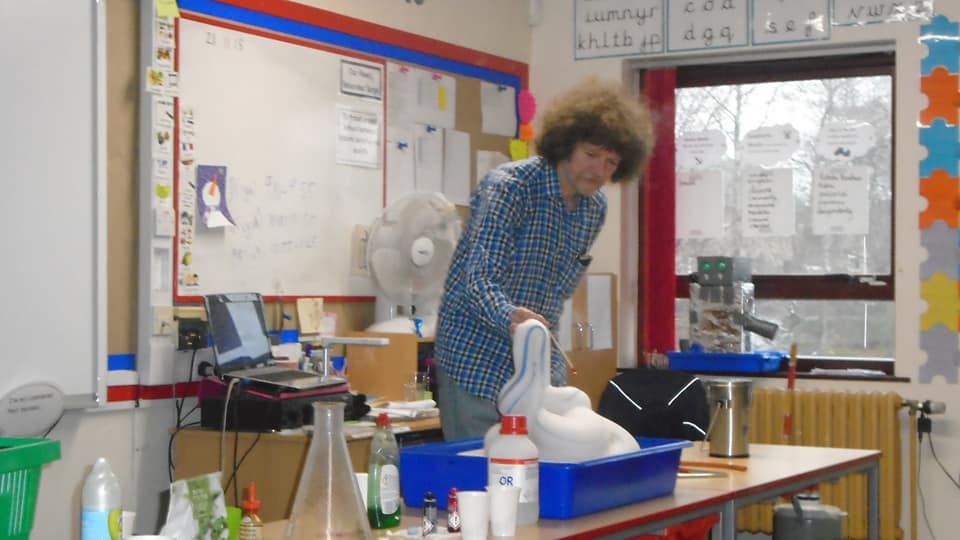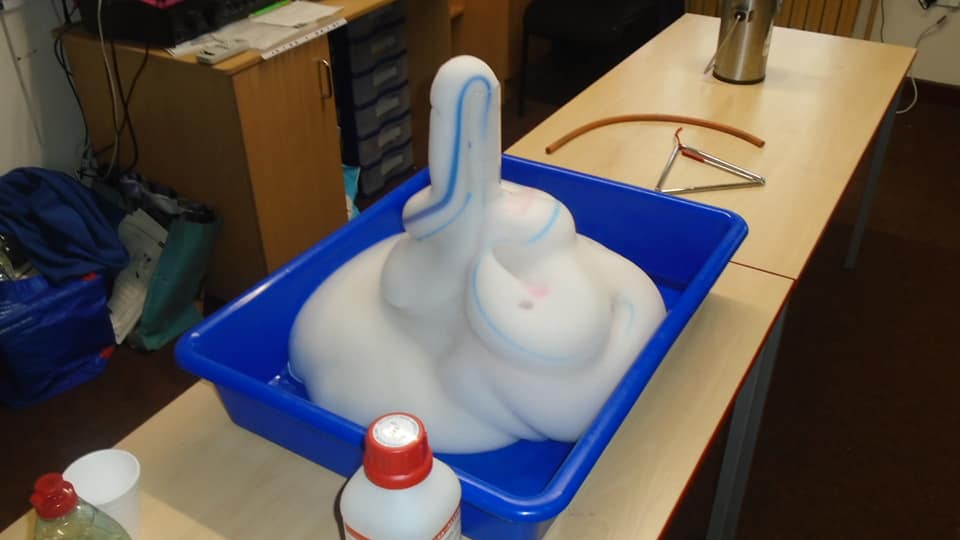Science
Science at Haltwhistle involves children in as many real life and memorable experiences as possible. Practical science hooks children into their learning experience; helps them develop important skills such as observing, predicting, classifying, measuring, communicating and analyzing; develops their understanding of the process of science investigation, as well as broadening their understanding of scientific concepts. We nurture children’s curiosity, inspire big thinking and ideas, give a sense of belief in their abilities and ensure they achieve in science. Children who are keen to explore Science even further can access Miss McAlister’s weekly Science Club too!
The following examples provide a flavour of our approach to teaching Science.
How does the digestive system produce poo?
Year 3 and 4 have modelling how the digestive system produces poo!
They learnt about the process of digestion and which organs and body parts used in the process. They reproduced a basic meal using spaghetti hoops and beans before blending it with some water and detergent (saliva) to create the action of chewing. They added vinegar to replicate stomach acid and blended again. Then they added a dash of red, green and yellow food colouring (bile), stirred to mix, then added the entire contents to one leg of a pair of tights which had a small hole cut in the end. They squished and squeezed the contents to allow water to pass through the mesh.



Chemistry in your Shopping Basket
Years 3 and 4 have had a visit from Dr Peter Hoare from Newcastle University kindly visited us and showed lots of experiments with ingredients we might have a home. The children really enjoyed making their own potions and watched in awe as they saw chemical reactions taking place.


Wriggly Investigation!
Year 1 and 2 were fascinated as they completed an investigation about where worms prefer to live. After talking about how to care for the worms in our lesson we set up trays with soil, grass, sand and sawdust then added some worms to the tray. We all watched in excitement as the worms wriggled to their favourite place and we recorded and discussed the results we found. At the end of the lesson we made sure the worms were put back into their homes in the soil.
